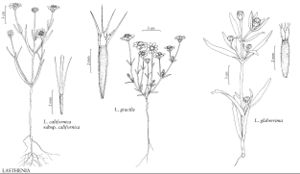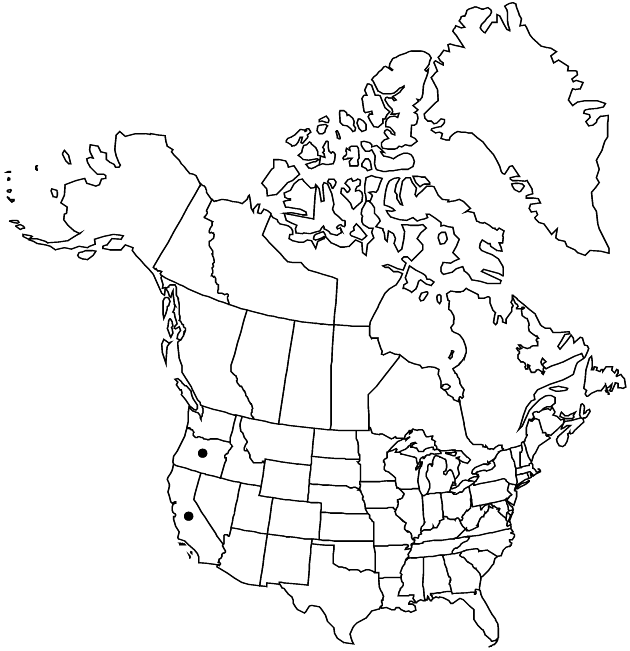Difference between revisions of "Lasthenia californica subsp. californica"
imported>Volume Importer |
imported>Volume Importer |
||
| Line 43: | Line 43: | ||
|publication year= | |publication year= | ||
|special status= | |special status= | ||
| − | |source xml=https:// | + | |source xml=https://bitbucket.org/aafc-mbb/fna-data-curation/src/2e0870ddd59836b60bcf96646a41e87ea5a5943a/coarse_grained_fna_xml/V19-20-21/V21_844.xml |
|tribe=Asteraceae tribe Heliantheae | |tribe=Asteraceae tribe Heliantheae | ||
|subtribe=Asteraceae (tribe Heliantheae) subtribe Baeriinae | |subtribe=Asteraceae (tribe Heliantheae) subtribe Baeriinae | ||
Latest revision as of 20:14, 5 November 2020
Annuals. Roots not fleshy, not clustered. Stems usually erect, sometimes decumbent (especially in coastal forms), usually branched distally, sometimes proximally, ± hairy, usually more so distally. Leaves mostly cauline; blades linear to oblanceolate, 8–40(–70) × 1–6 mm, ± fleshy in coastal forms, margins entire or with 3–5+ teeth (coastal forms), faces ± hairy. Involucres campanulate or hemispheric, 5–10 mm. Phyllaries persistent or falling with cypselae, 4–13 in 1 series, ovate-lanceolate to oblong. Ray florets 6–13; laminae oblong, 5–10 mm. Anther appendages deltate. Cypselae black to gray, ± clavate, to 3 mm, glabrous or hairy; pappi usually of 1–7 translucent (rarely opaque), brown (rarely white), linear to subulate, aristate scales (rarely variable or 0 within heads). 2n = 16, 32, 48.
Phenology: Flowering Feb–Jun.
Habitat: Mostly open sites (virtually every habitat but desert)
Elevation: 0–1500 m
Discussion
Subspecies californica sometimes occurs with other Lasthenia taxa. R. Ornduff (1993) included L. gracilis within his circumscription of subsp. californica. Coastal forms of subsp. californica tend to have shorter, wider, toothed, fleshy leaves and larger heads; they can be distinguished from L. gracilis by their translucent, brown, linear to subulate, aristate pappus scales and more northern distribution. Sympatric epappose plants of subsp. californica and L. gracilis are not easily distinguished morphologically; molecular markers (R. Chan et al. 2001) show them to be distinct taxa.
Selected References
None.

